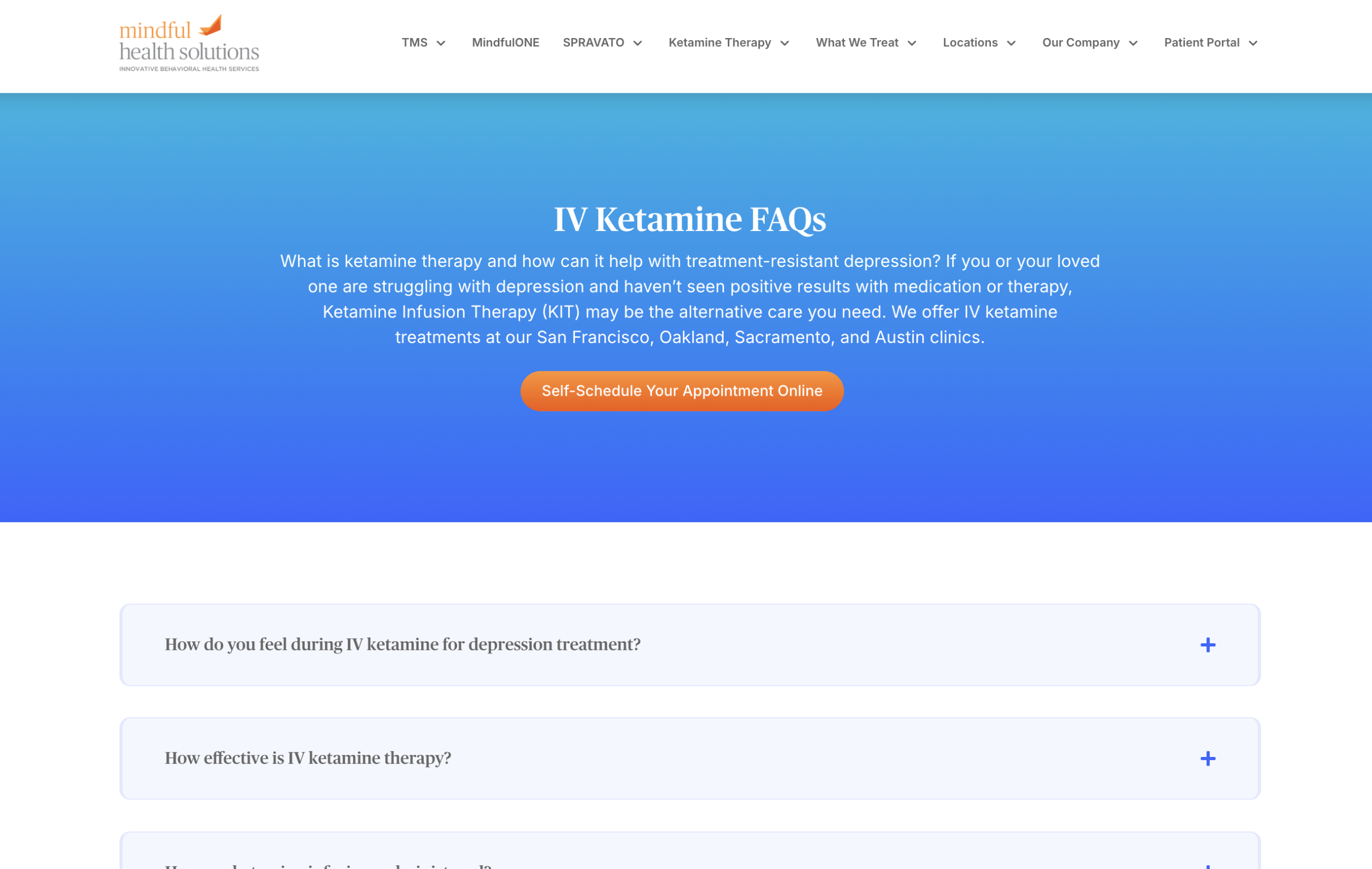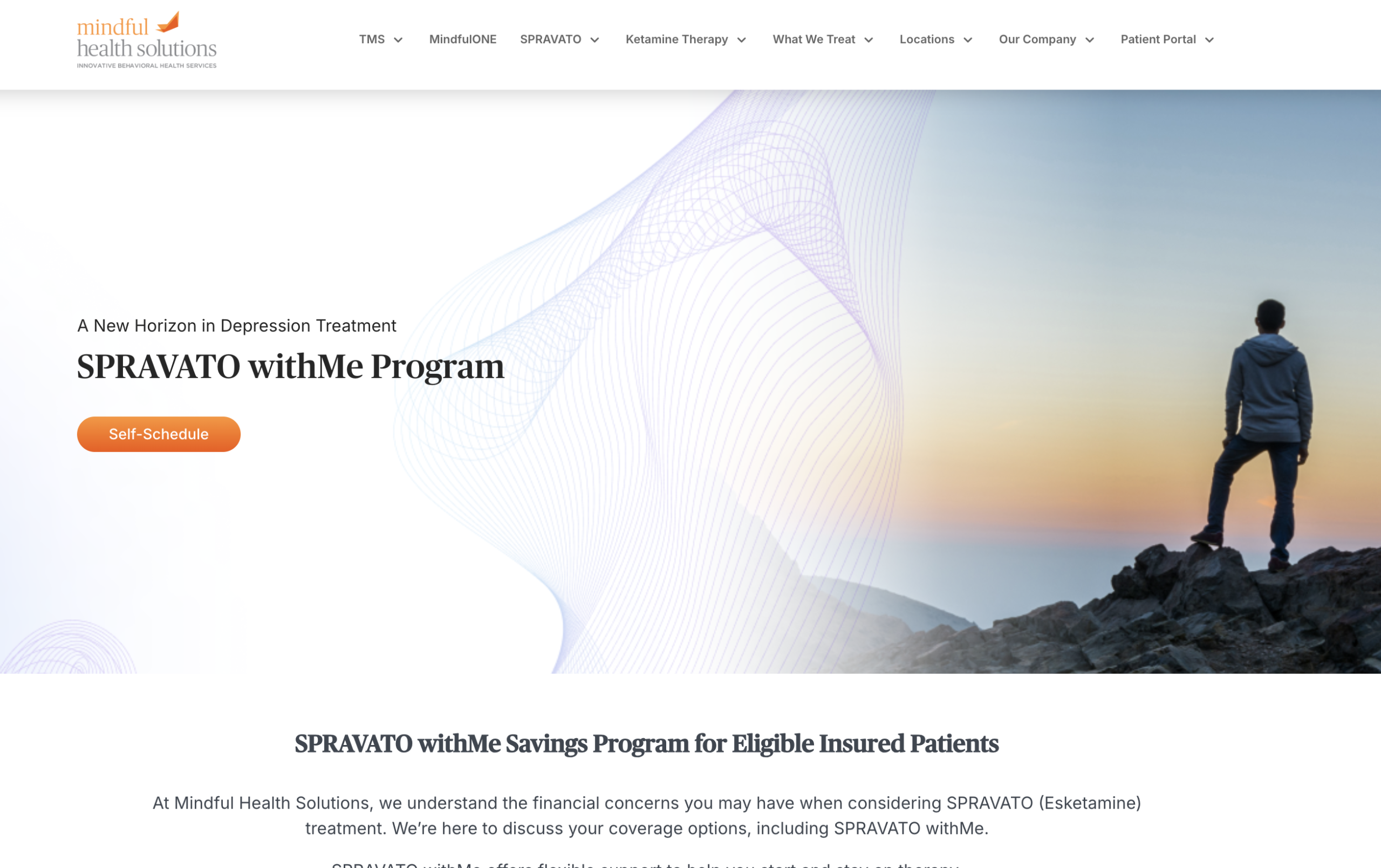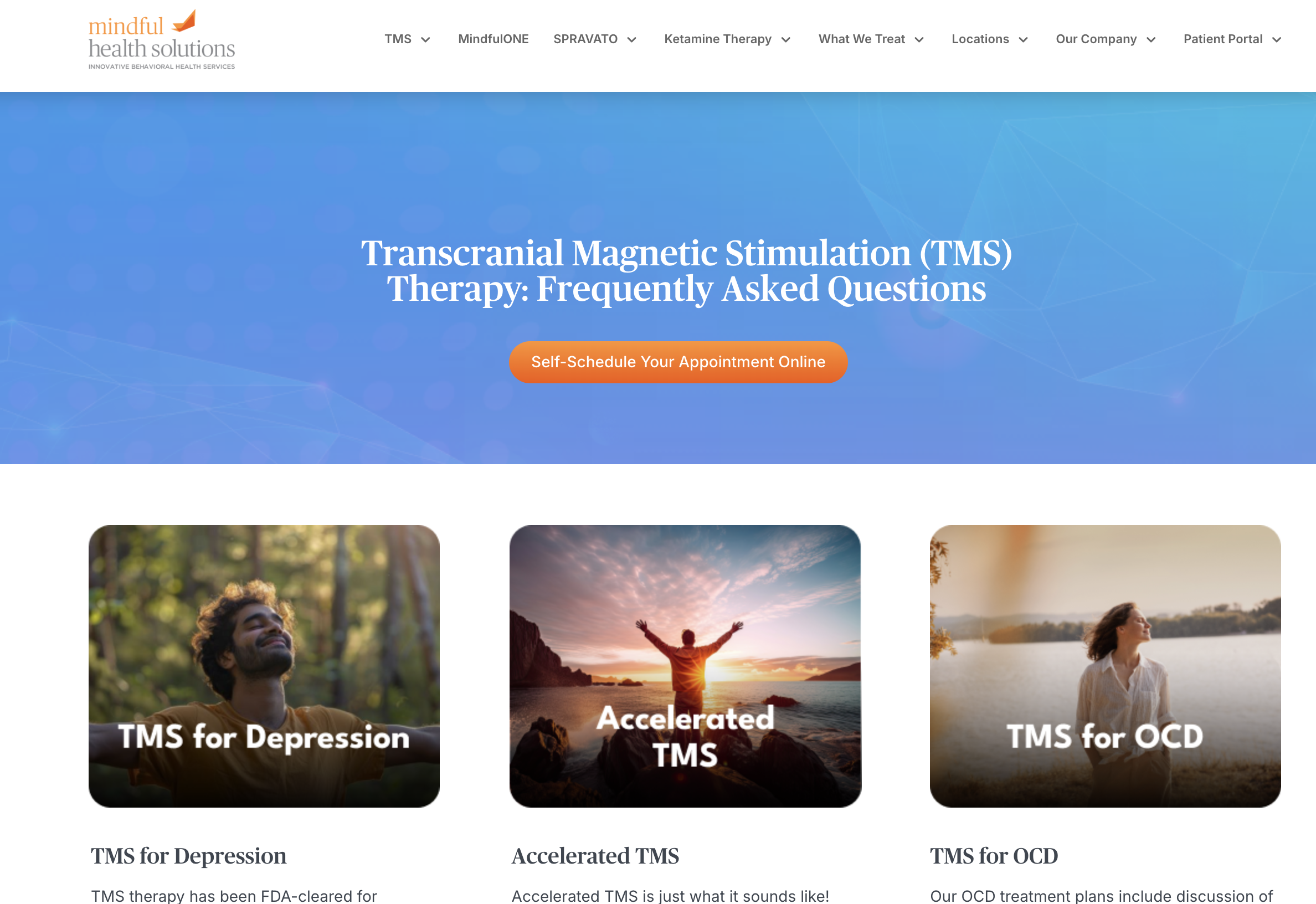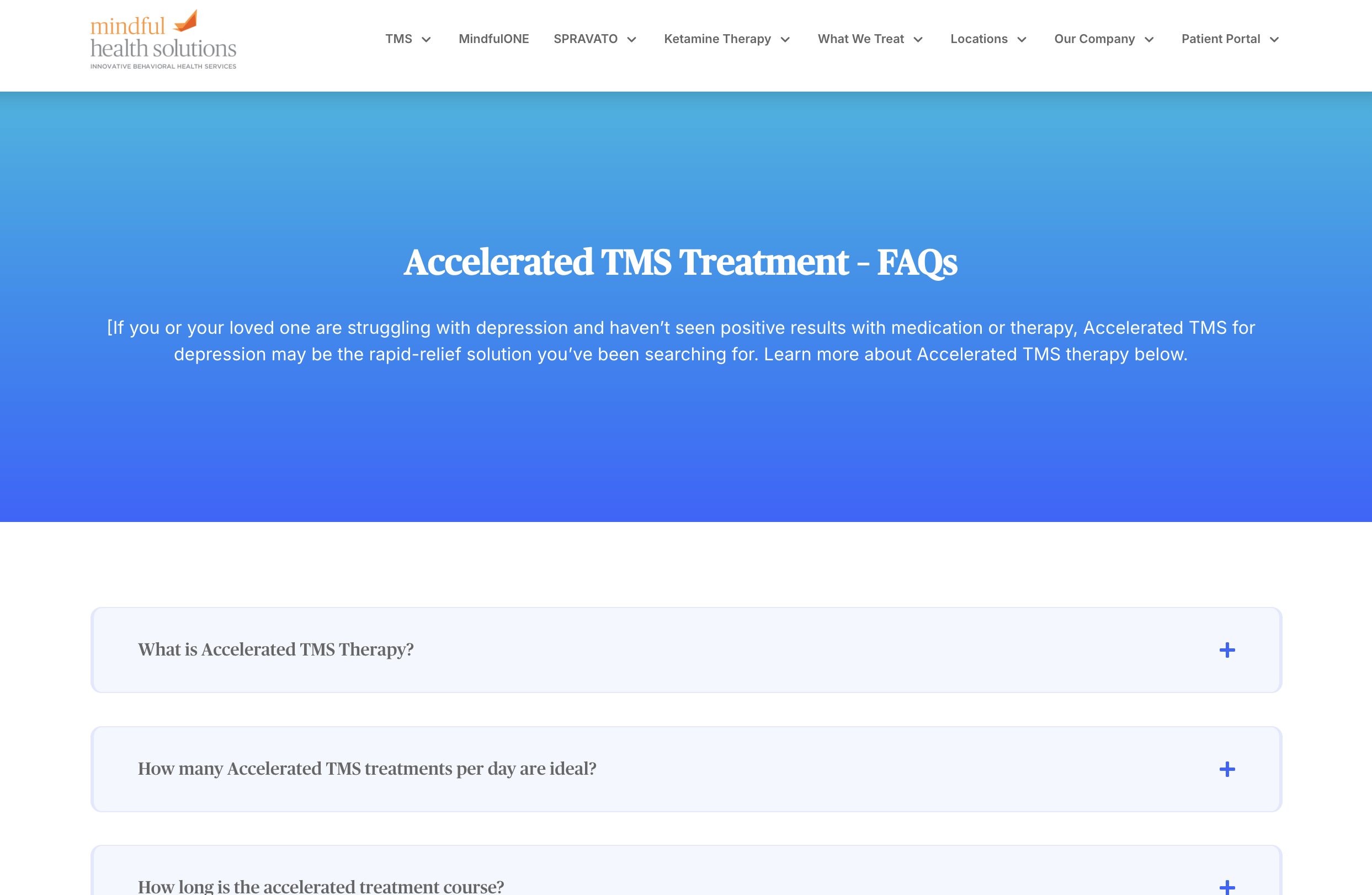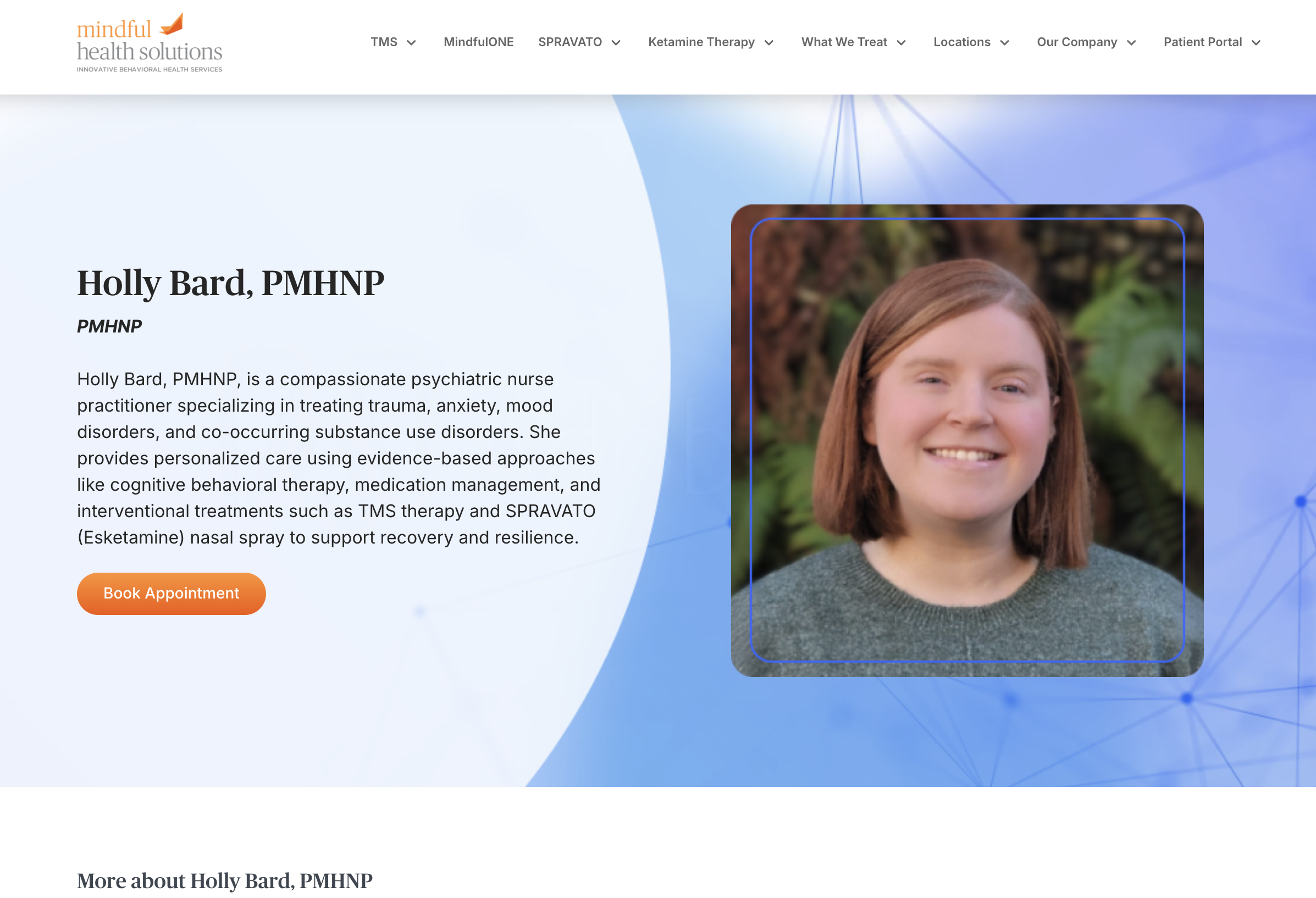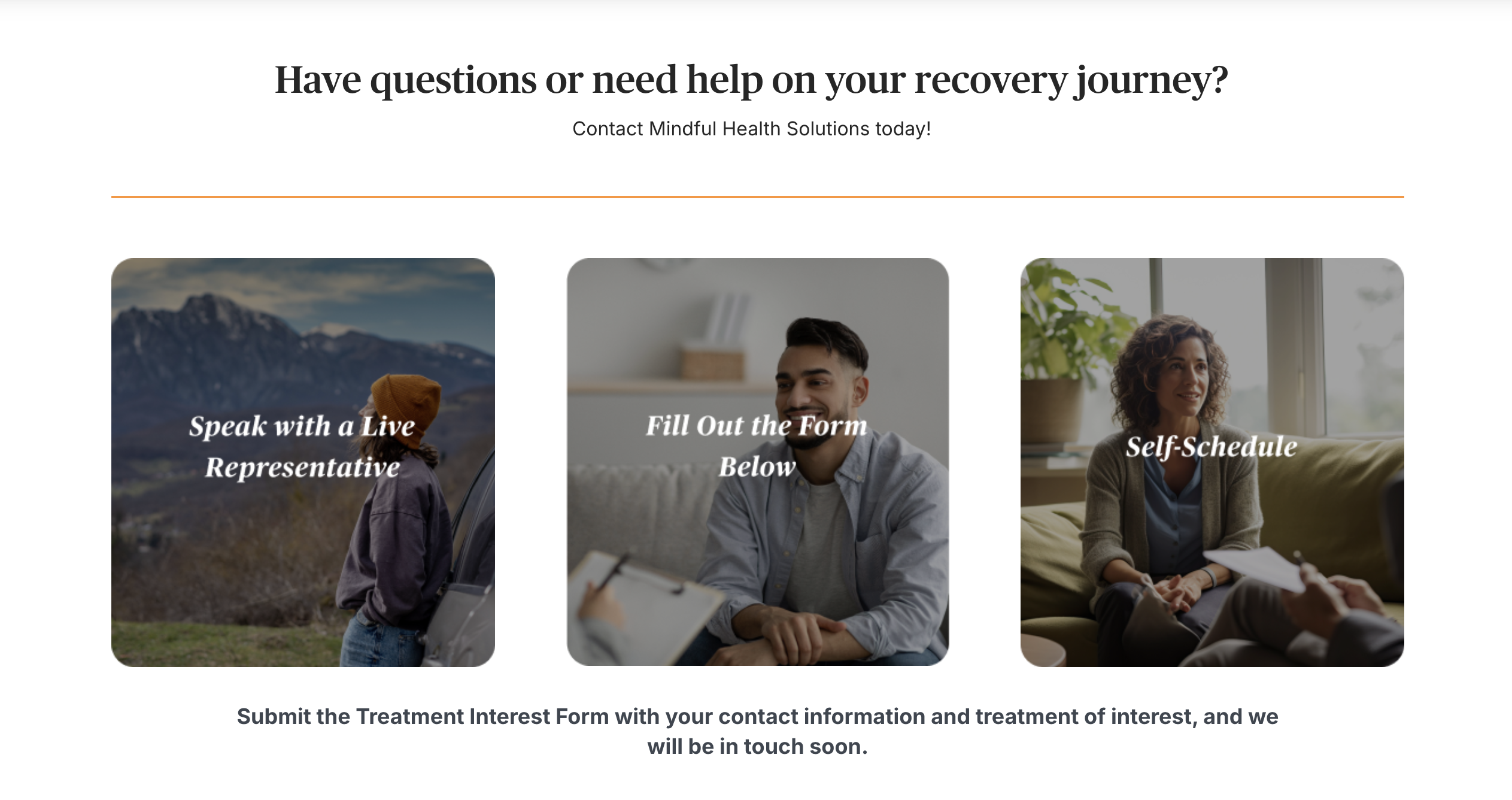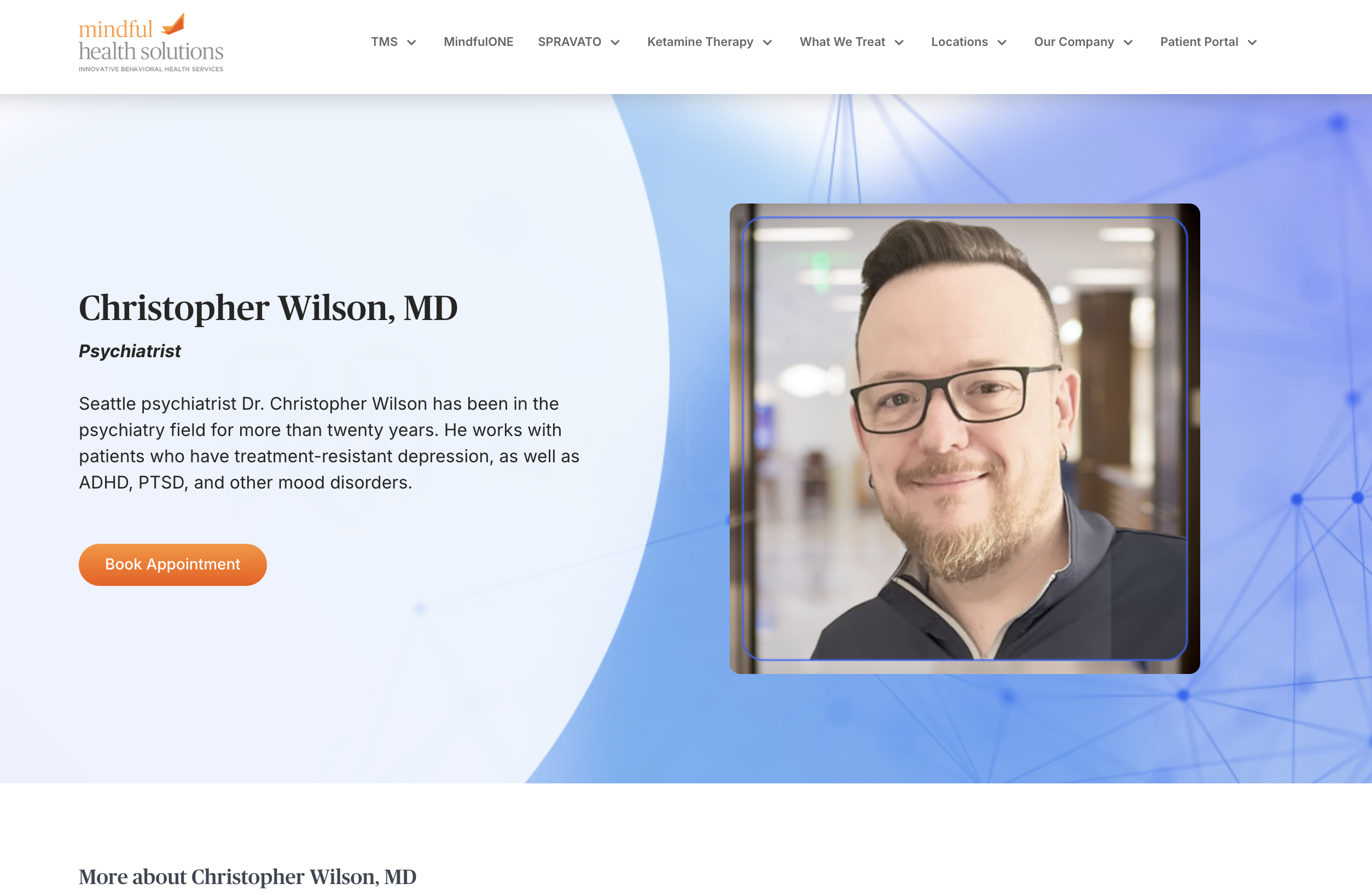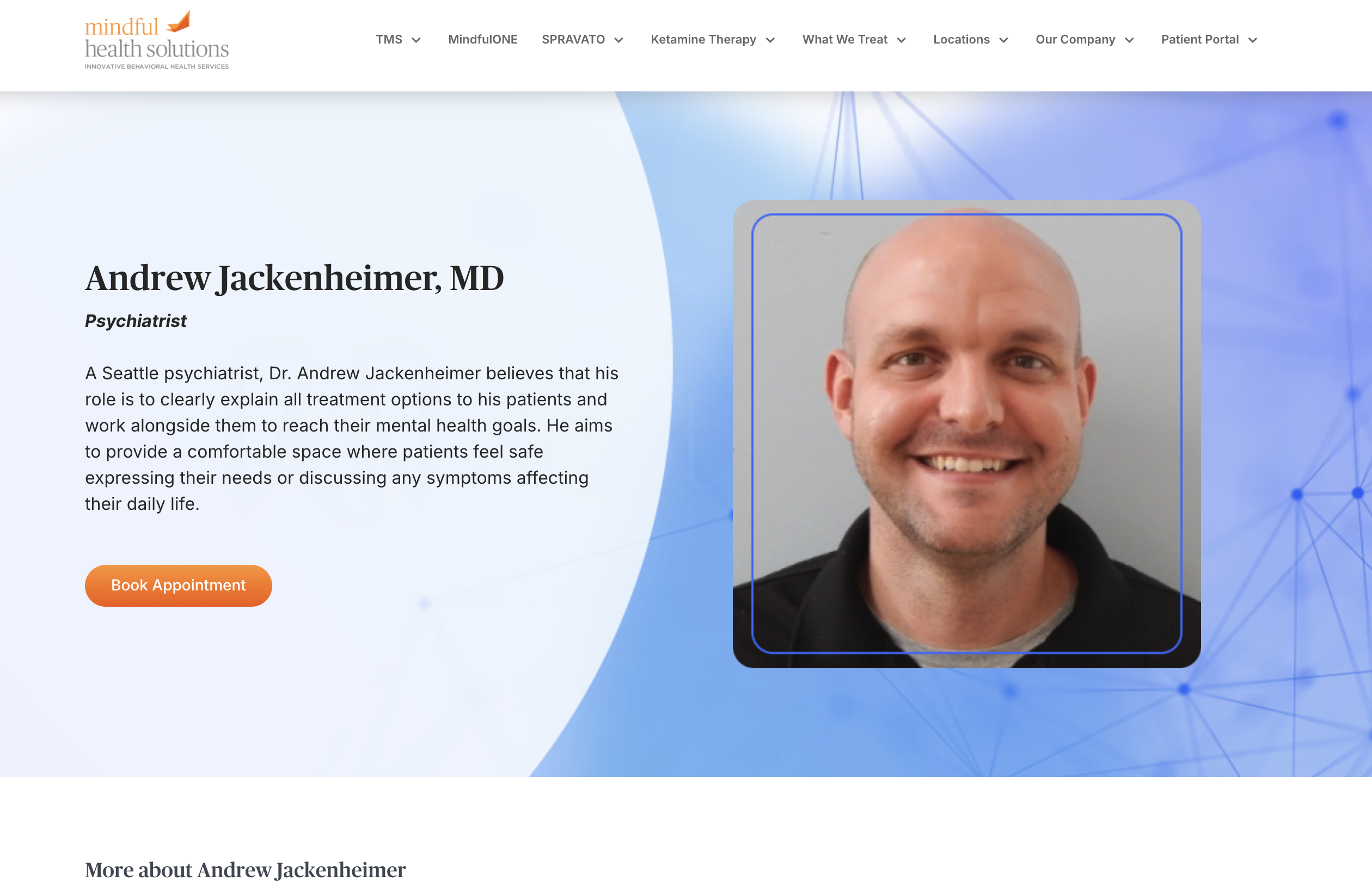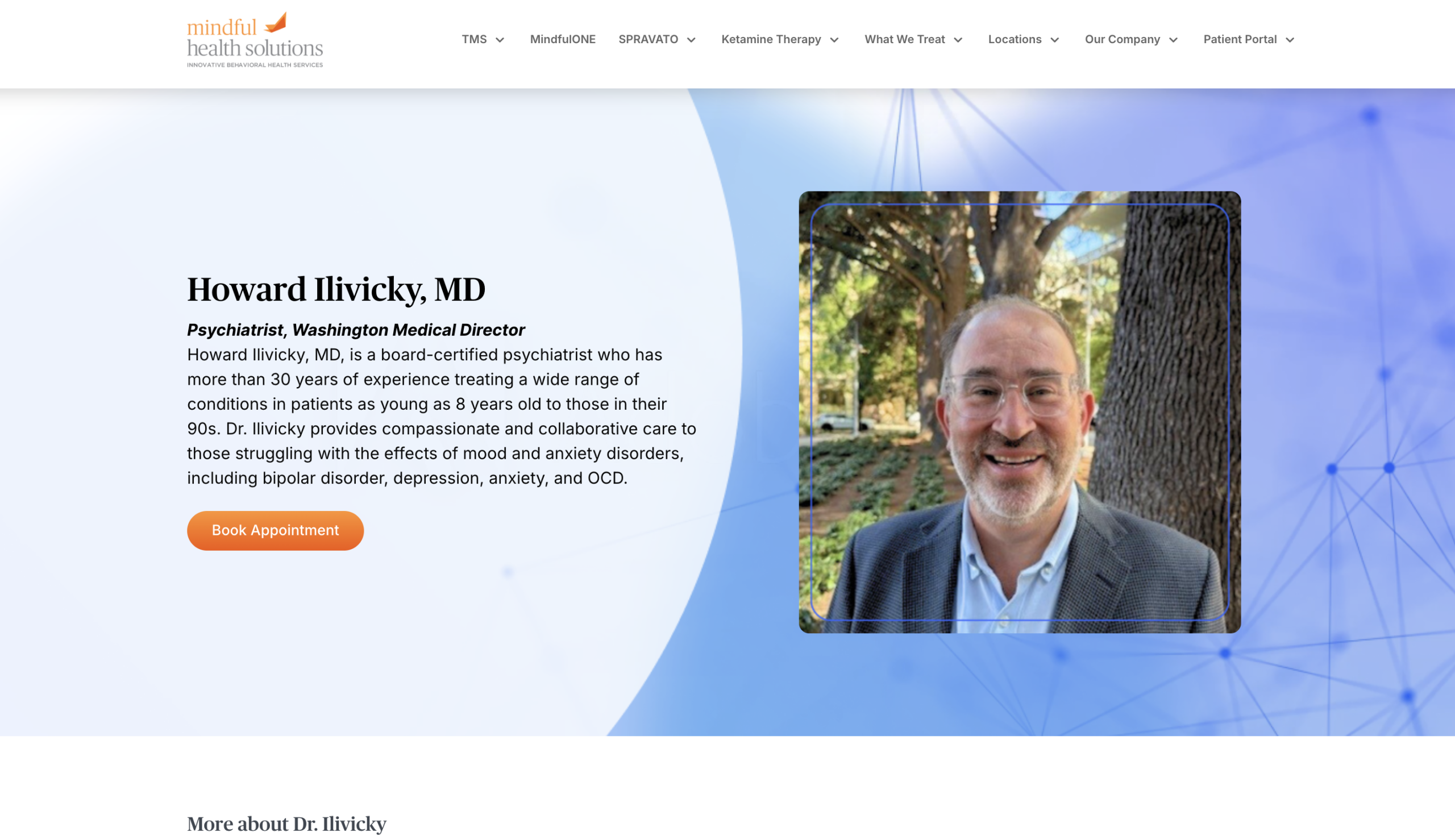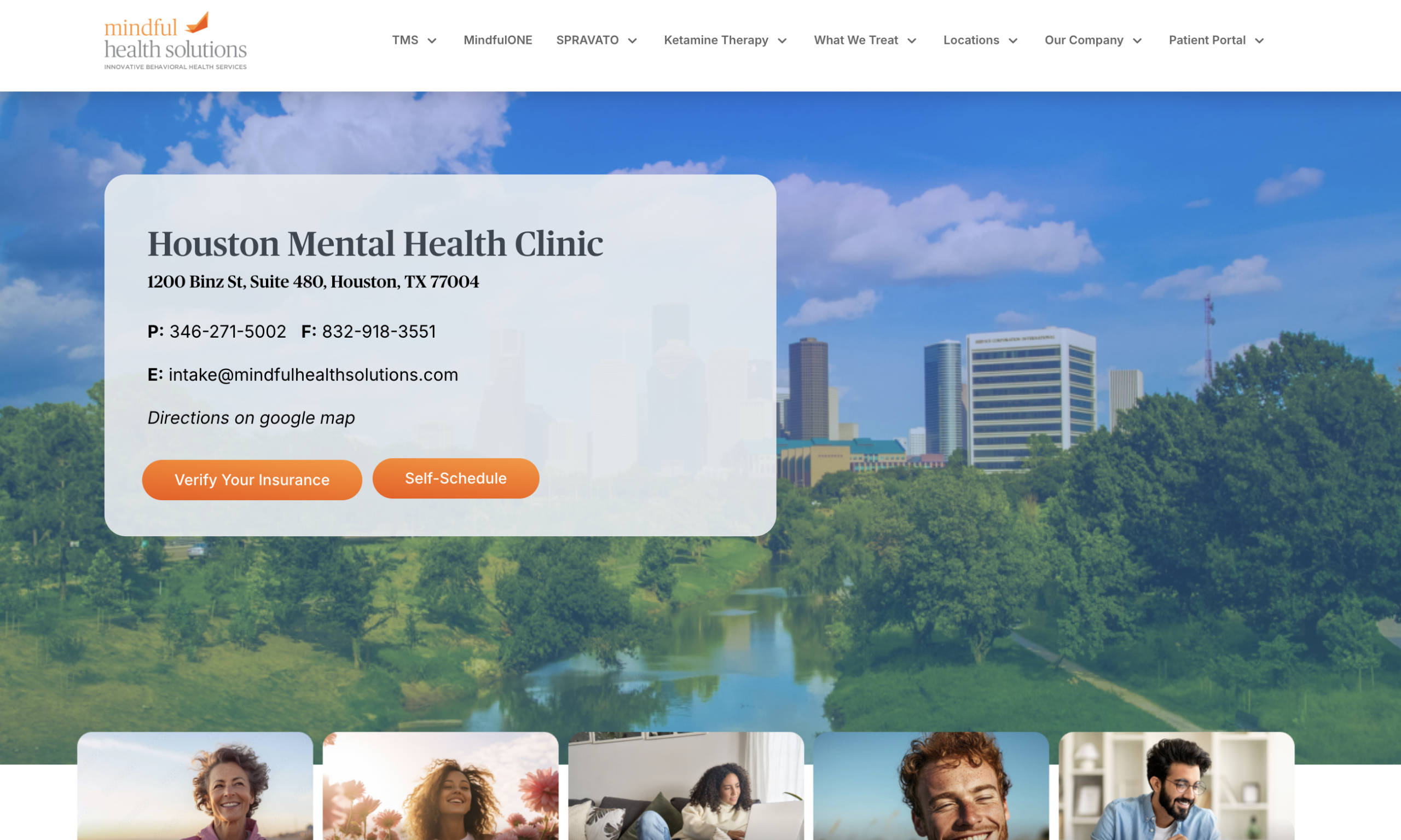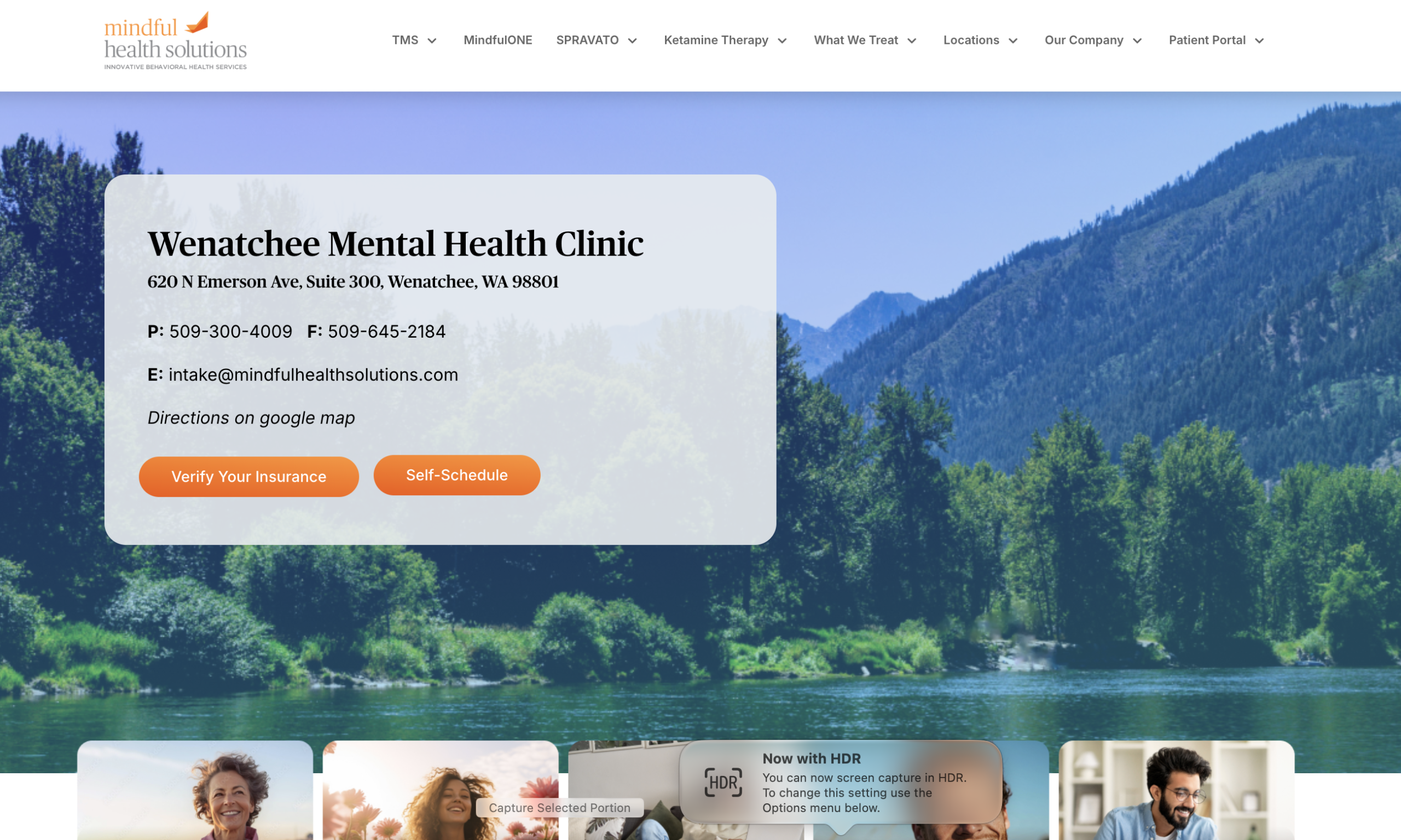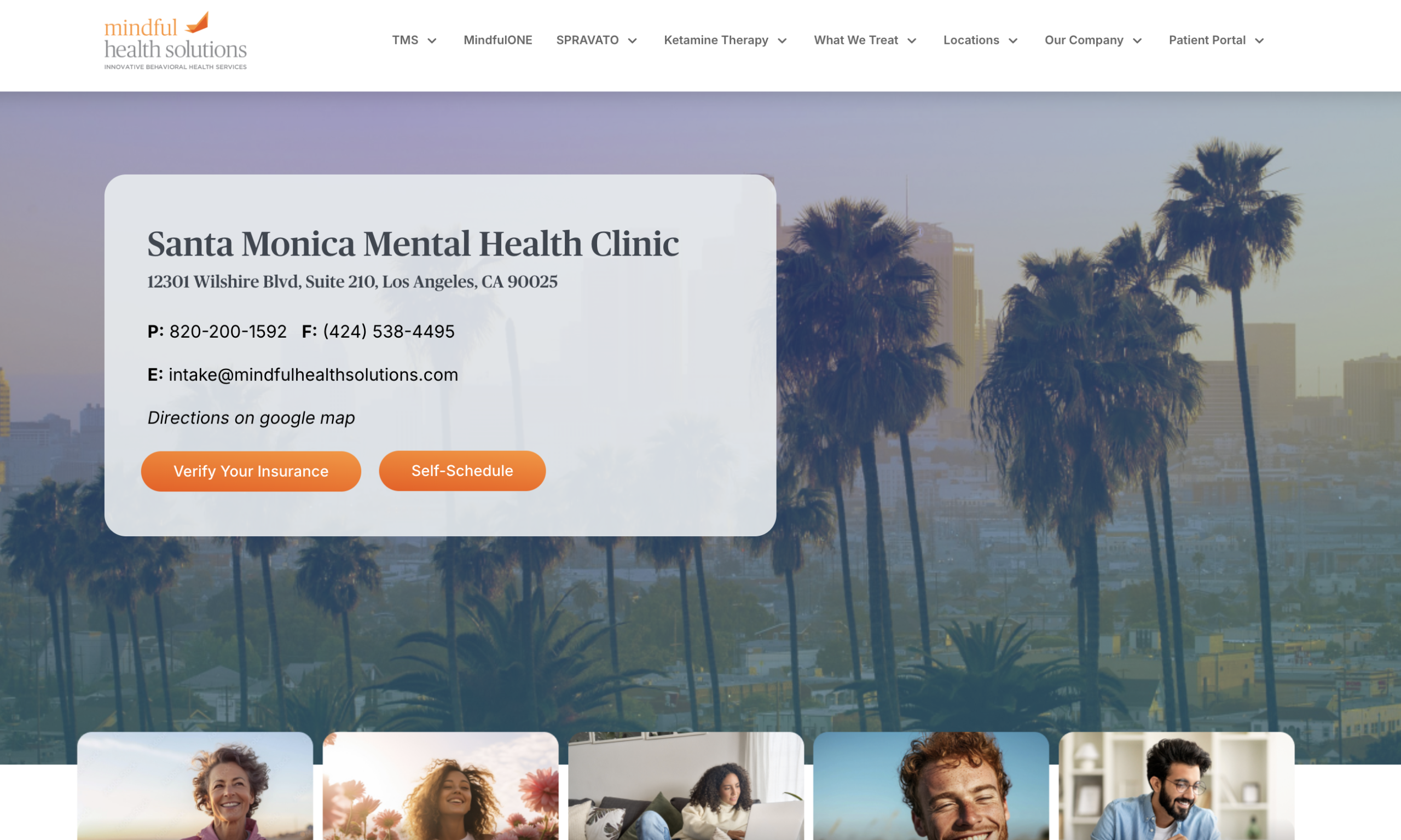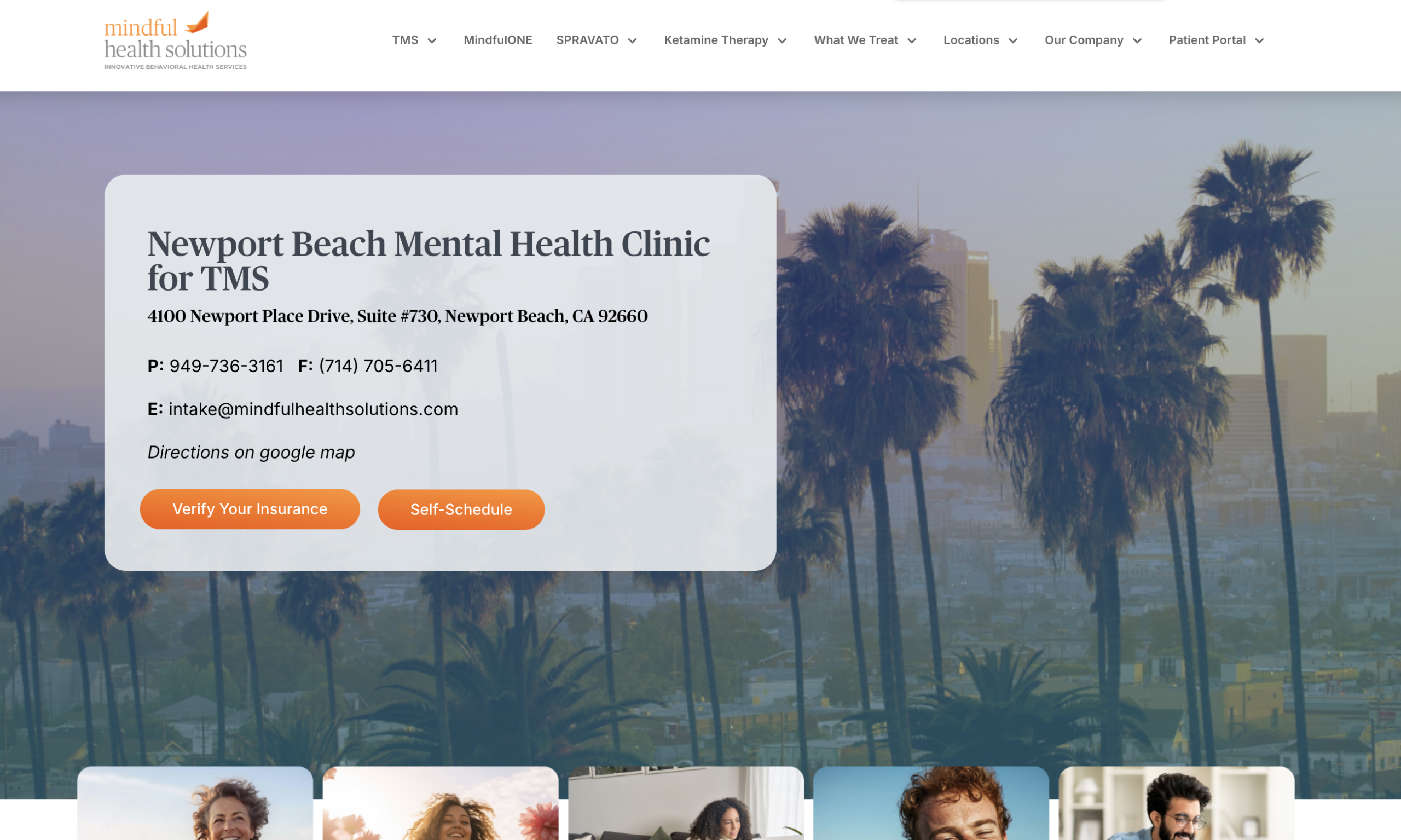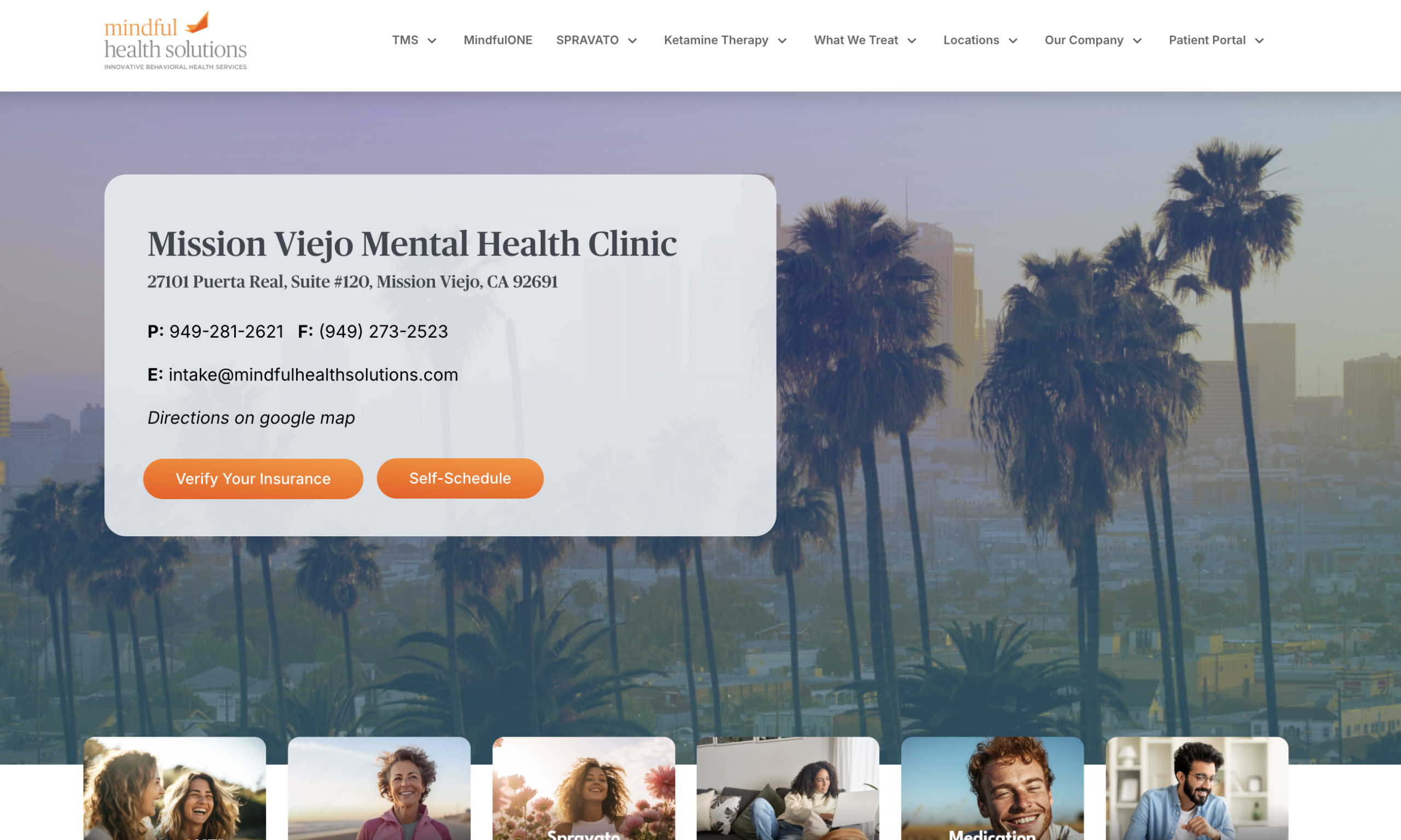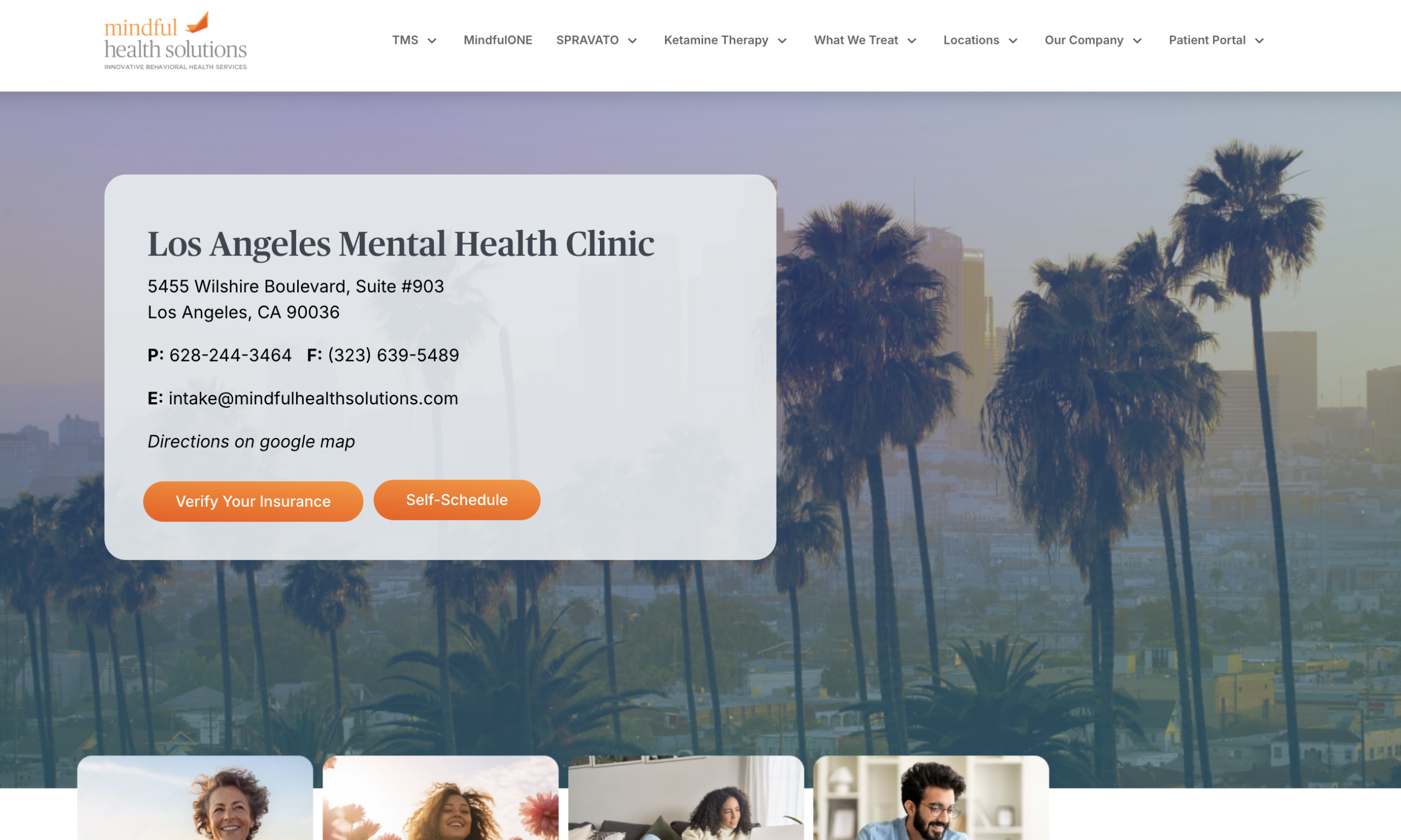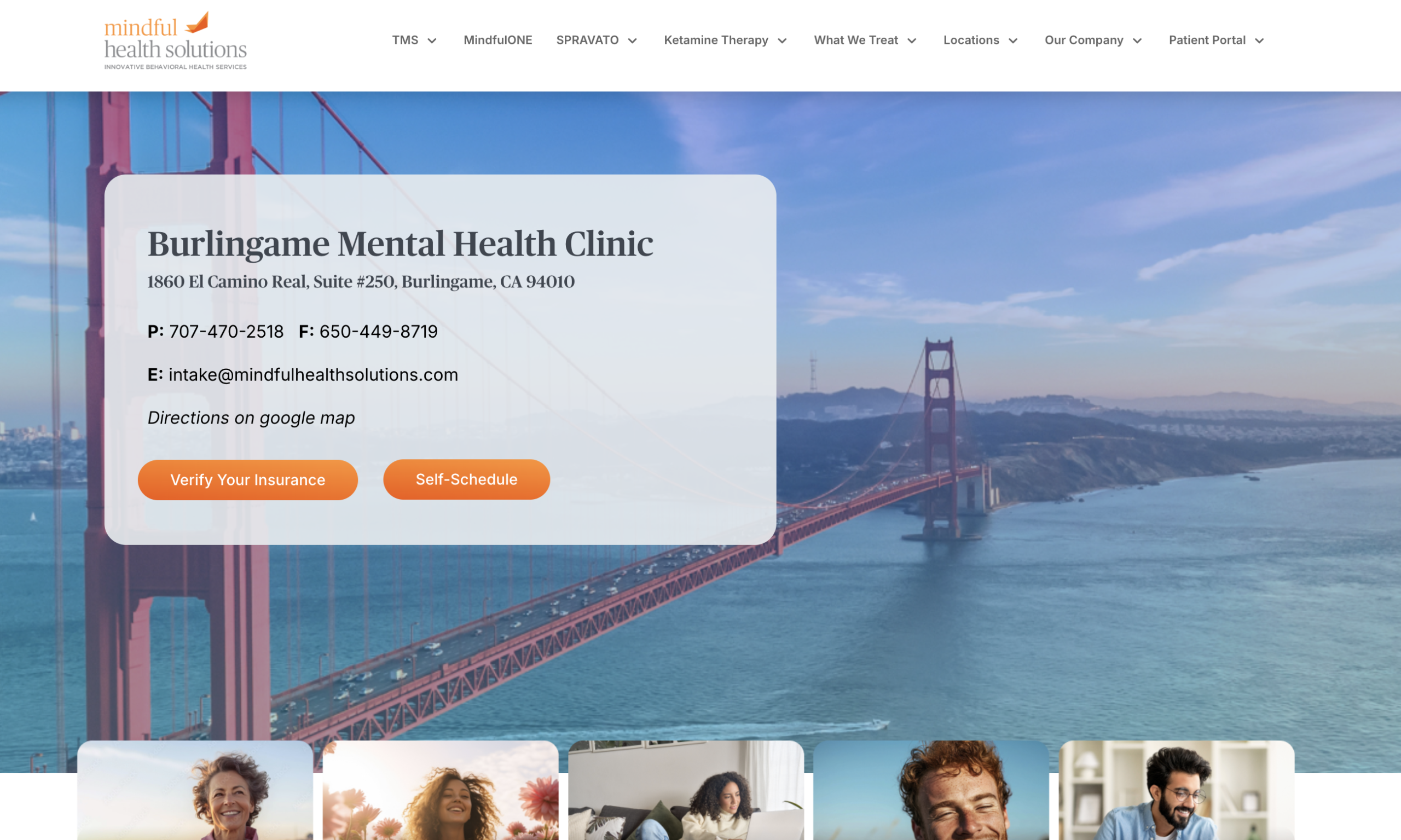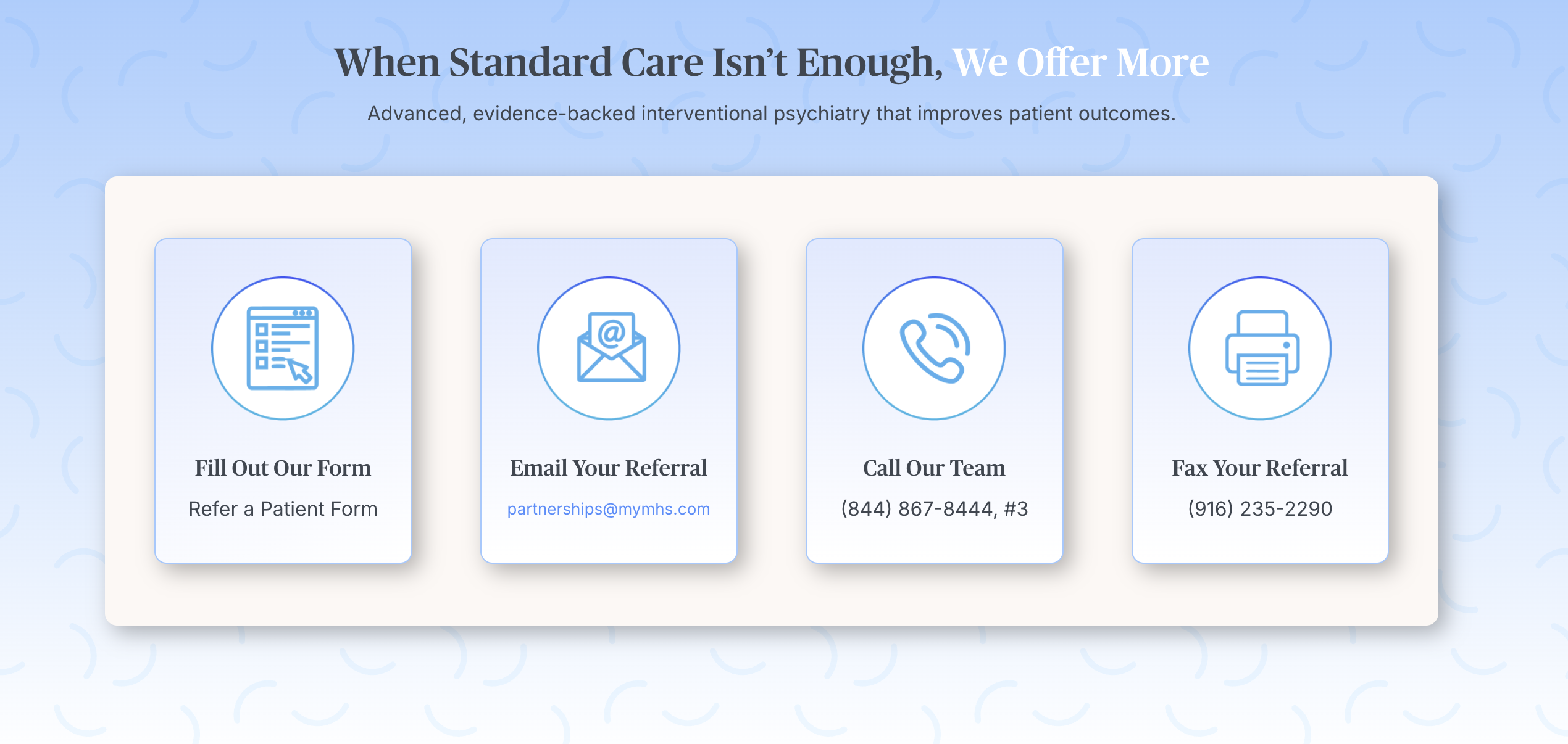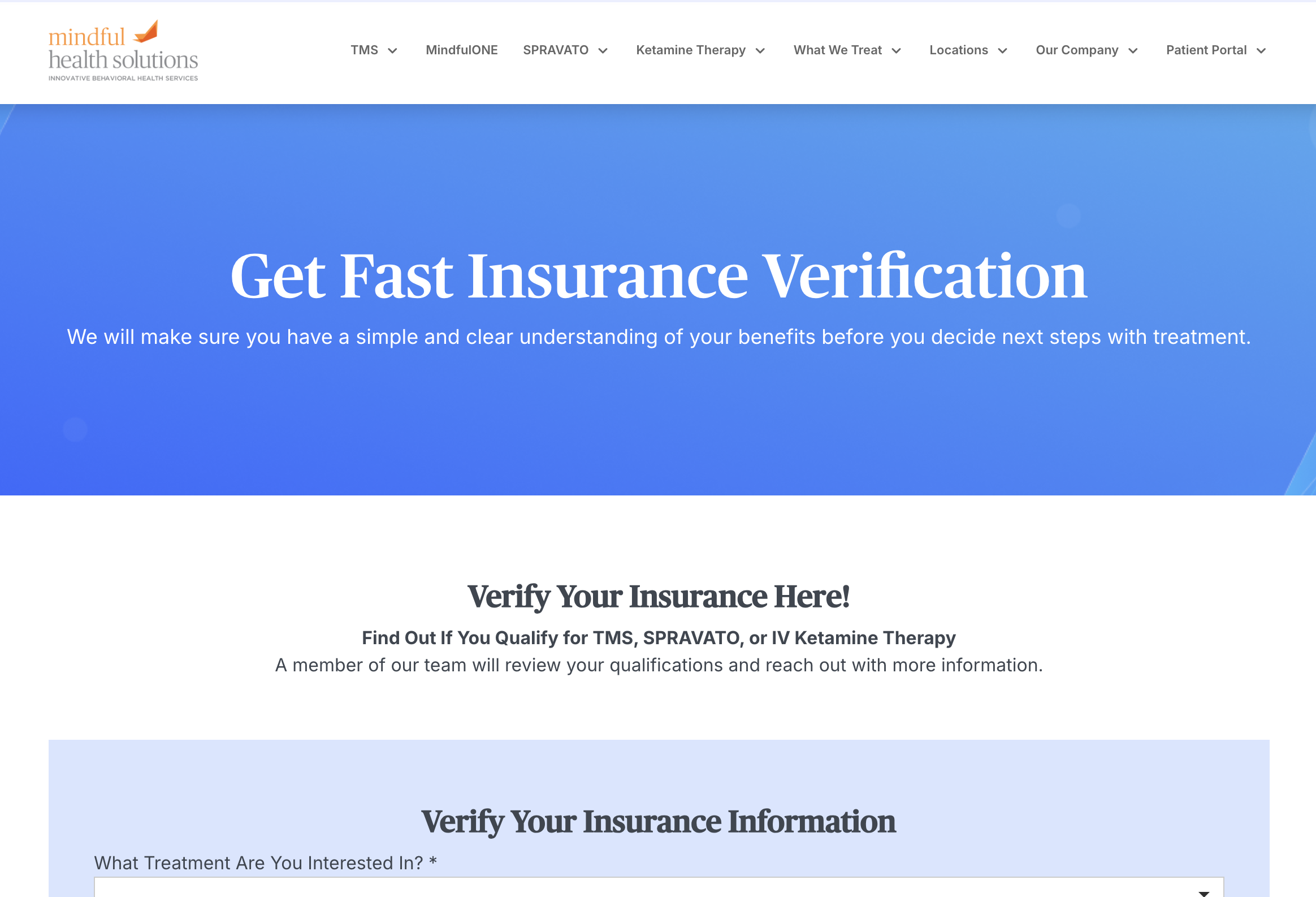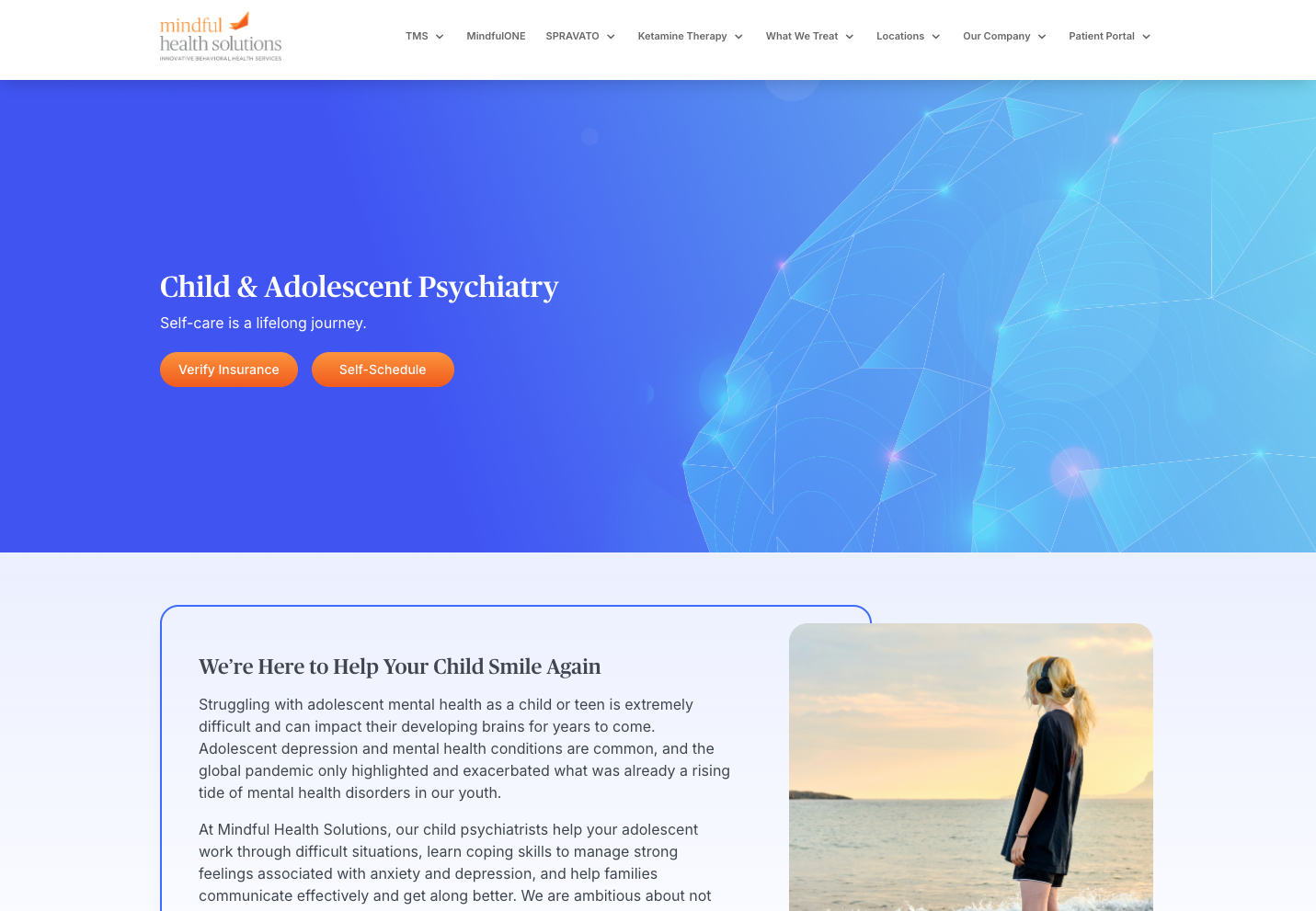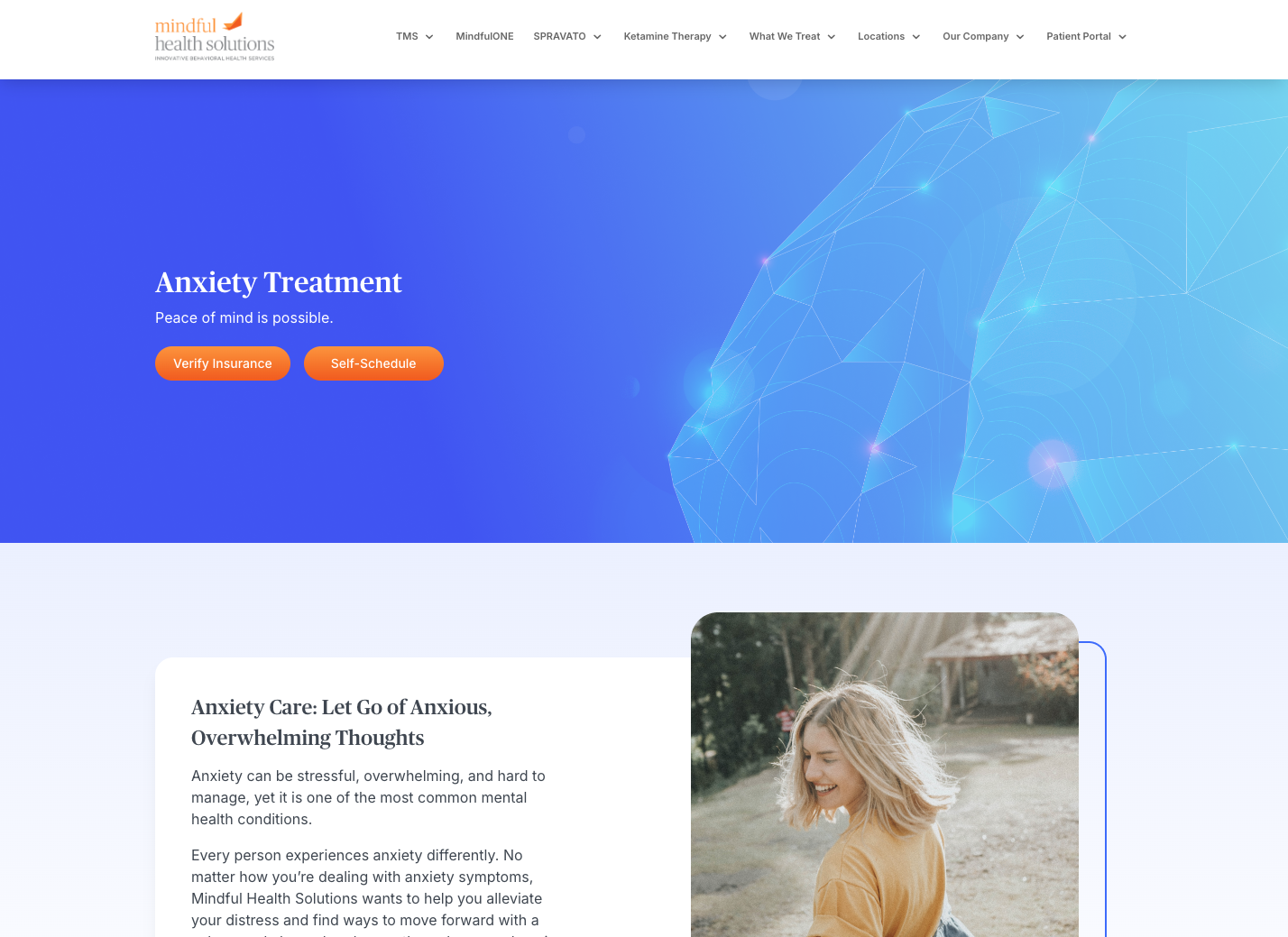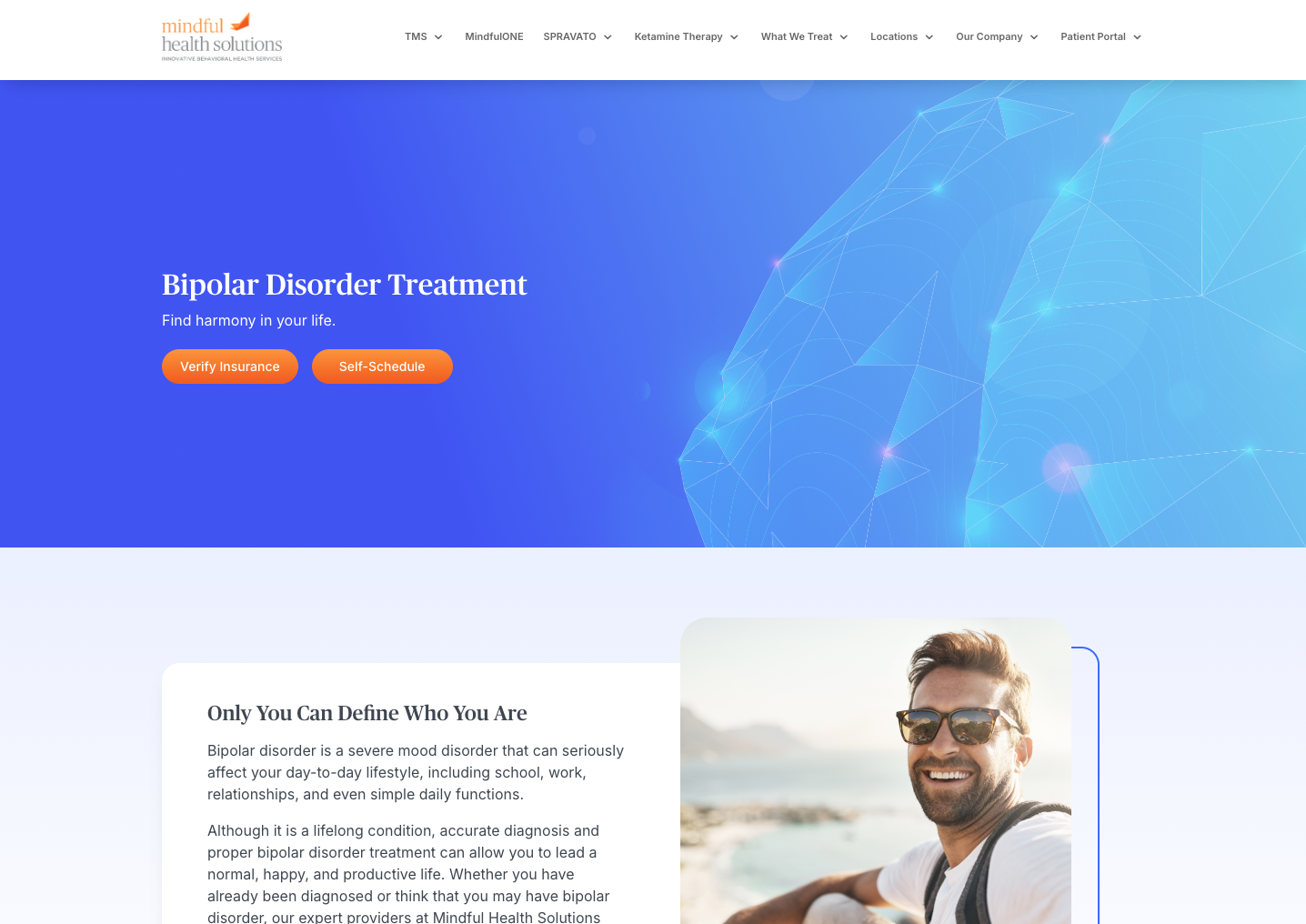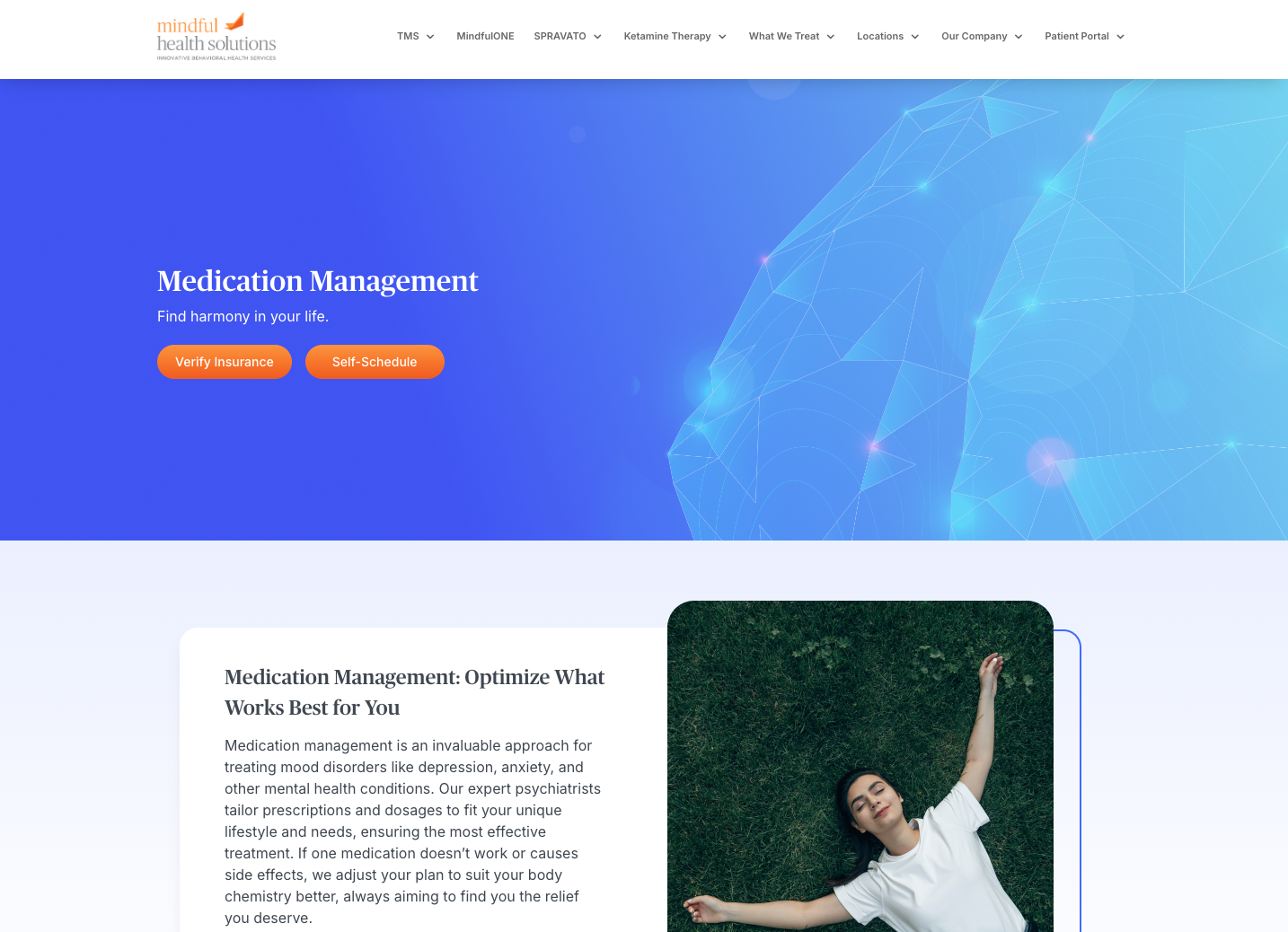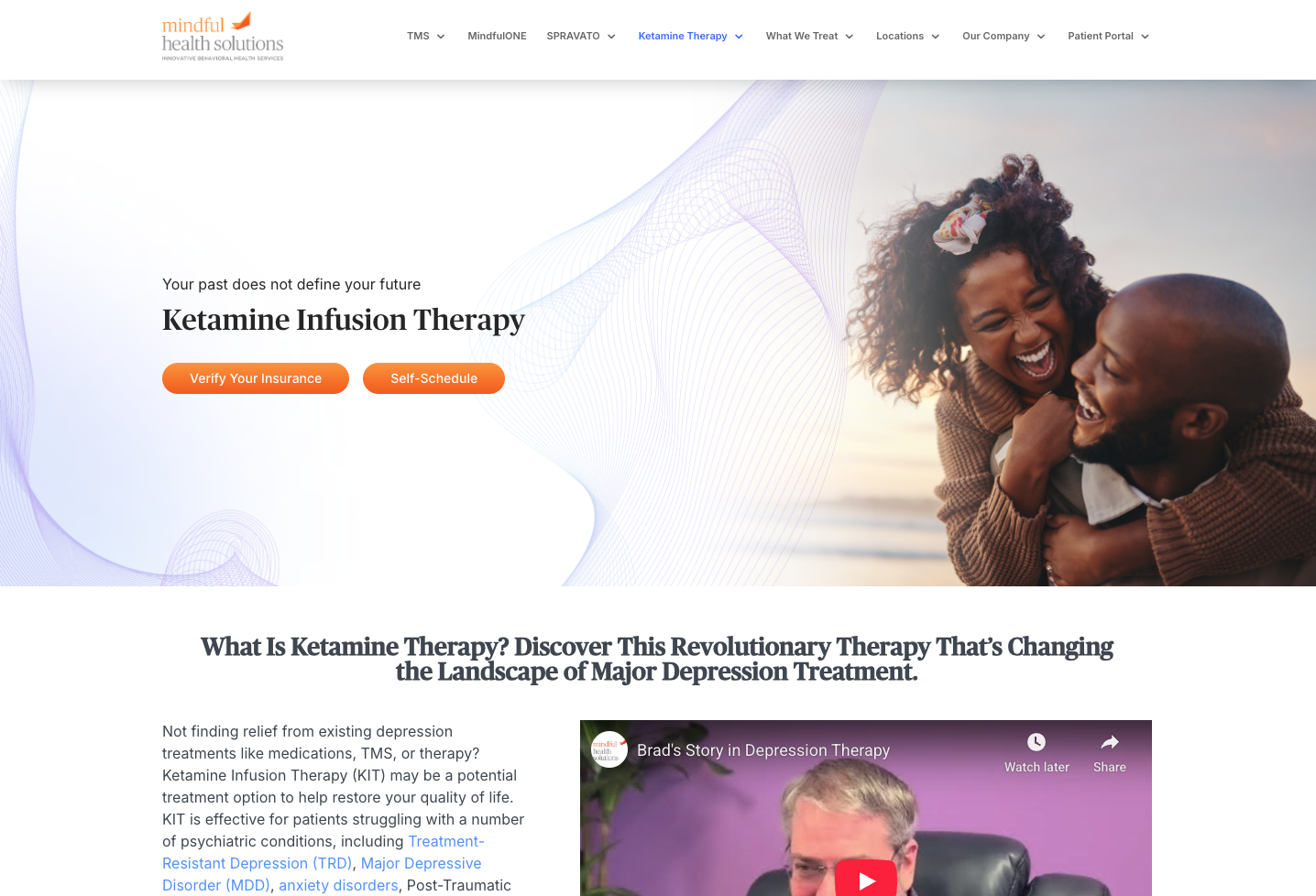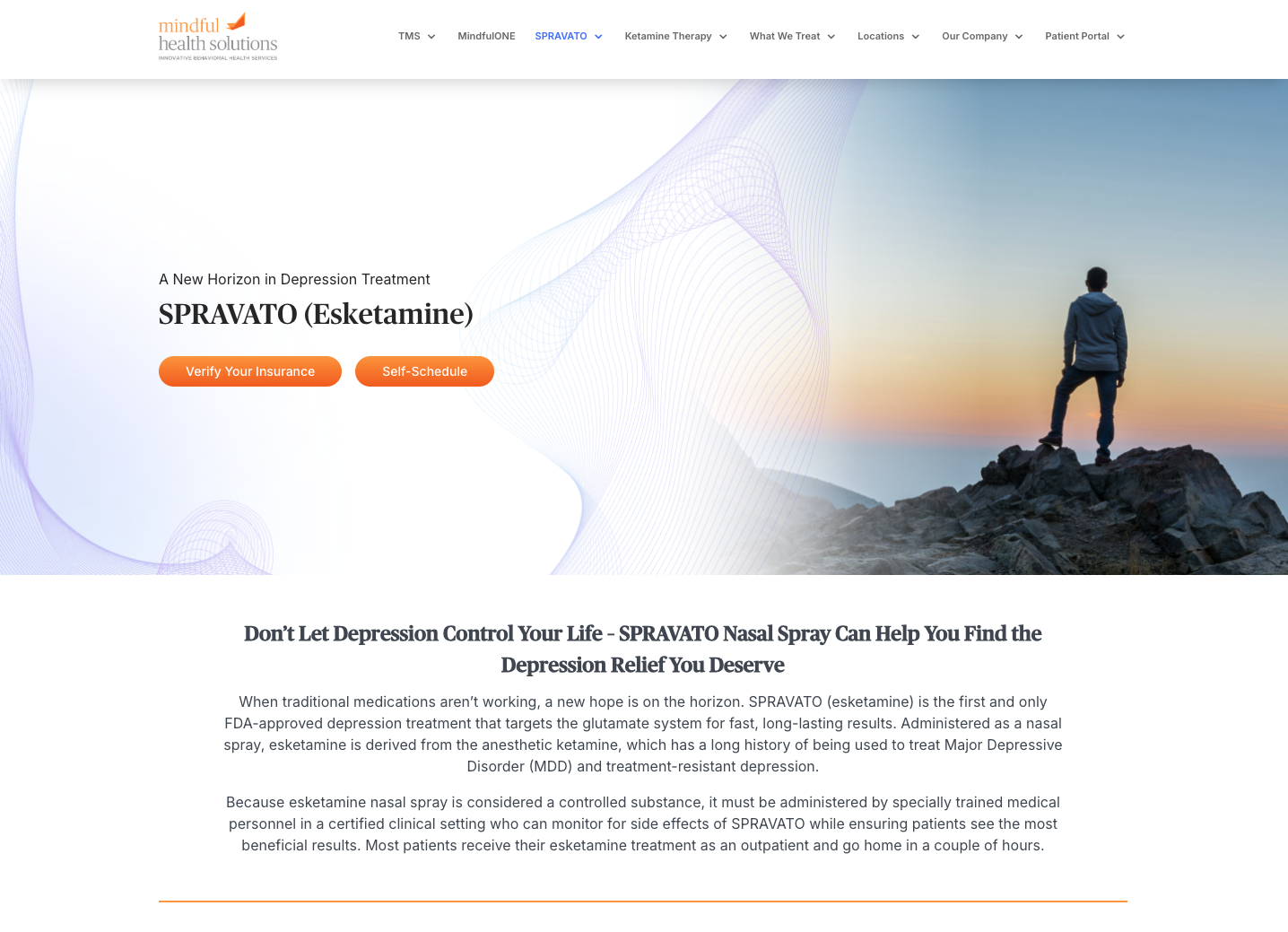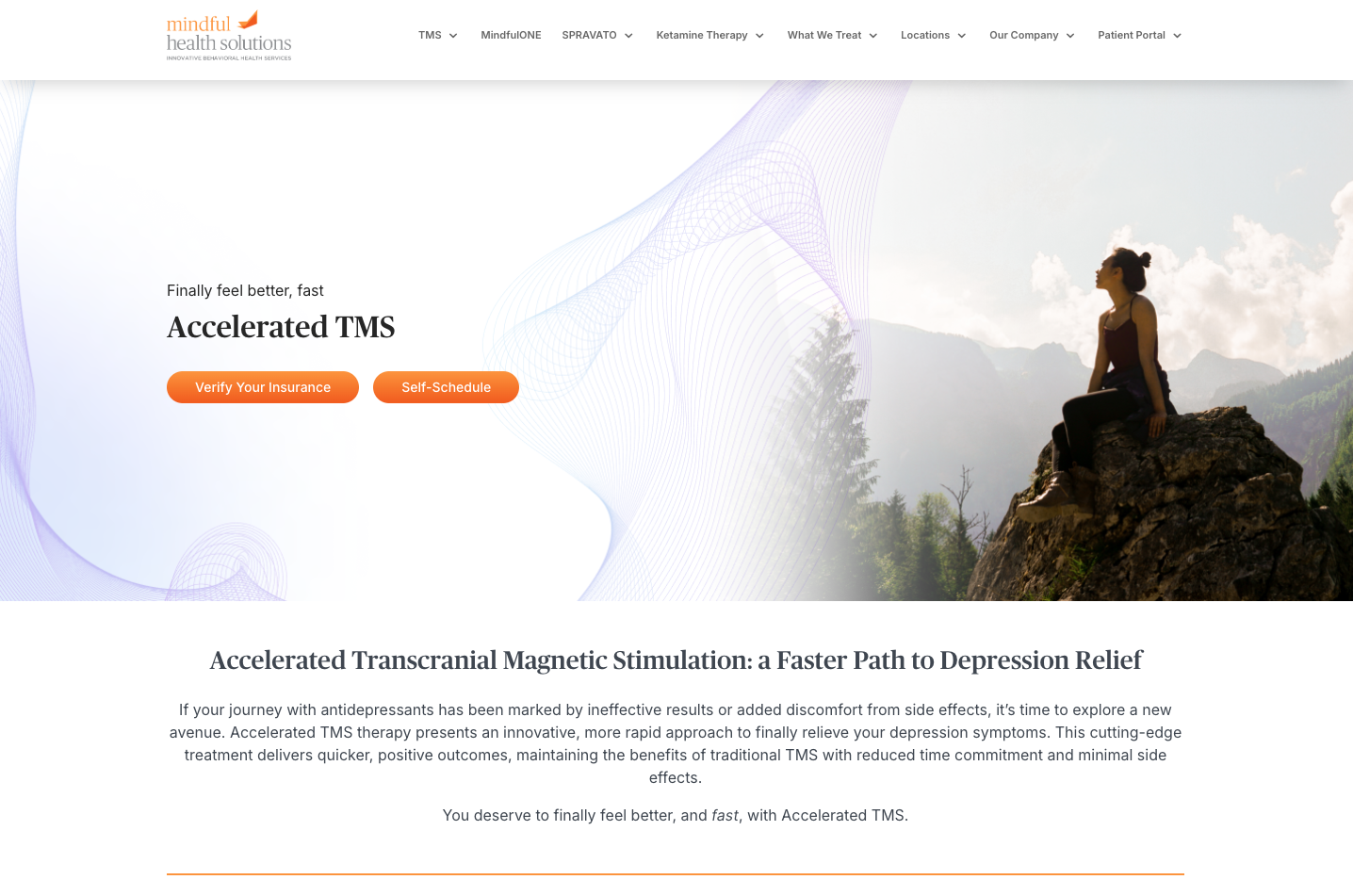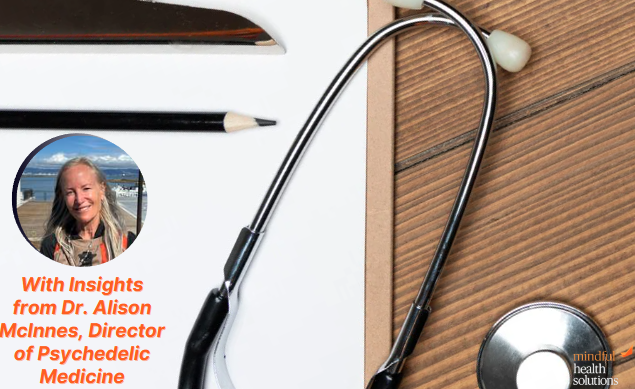Ketamine. Some know it as a general anesthetic used in operating rooms since the 1970s. Others may have heard references in relation to substance use. But for those struggling with depressive orders, including Treatment-Resistant Depression (TRD), Bipolar Disorder, or Major Depressive Disorder (MDD), it may just be the solution you never knew you were waiting for.
In this blog we’ll hear from Dr. Alison McInnes, Mindful Health Solutions’ new Director of Psychedelic Medicine, on how this revolutionary treatment is changing the mental health landscape – and why proper clinical care is so important for those considering IV ketamine therapy.
Ketamine Infusion Therapy: a New Way to Treat Depression
First, let’s take a look at ketamine’s introduction into mental health care in comparison to conventional therapies and medications. Traditional antidepressants like SSRIs target a group of neurotransmitters called monoamines, which include serotonin, norepinephrine, and dopamine. They were helpful for some, but not everyone finds relief from these medications. In fact, a study in the early 2000s called the Sequential Treatment Alternatives for the Relief of Depression (STAR*D) showed that around 30% of people did not get depression symptom relief from traditional antidepressants.
Enter ketamine therapy: 20 years into ketamine’s use as a general anesthetic, researchers at Yale proved that low-dose intravenous ketamine injections offered rapid and profound antidepressant effects compared to commonly used SSRIs that act on serotonin alone. “To the amazement of patients and clinicians,” Dr. McInnes says, paraphrasing researchers who conducted the first clinical trial, “symptoms of depression resolved within hours, though the effects were short-lived.” This is because ketamine works by modulating the glutamate neurotransmitter system, involved in learning, memory, and pain, among other processes. More, it promotes the growth, development, and connectivity of neurons, the cellular basis of learning.
This study grew over the next two decades until the first trial of Ketamine Infusion Therapy (KIT) for depression was introduced by Berman et al. in 2000. “After 40 years we finally had a new mechanism of action to treat the 30% of patients who did not respond to traditional medications.”
But, How Do We Know It’s Safe?
As ketamine is a generic compound, its use has not been FDA approved, and the administration of ketamine for depressive disorders has been largely unregulated. A 2017 consensus statement by Sanacora and colleagues emphasized the limits of our knowledge about the effectiveness and safety of ketamine in real-world settings at the time, with no real treatment guidelines for clinicians provided.
However, since that time, a significant body of real-world evidence has been published based on data from approximately 6,000 patients detailing the effectiveness of KIT for mood and anxiety disorders, as summarized in the following: Alnefeesi et al., 2022, McInnes et al. 2023, Hiematies et al. 2024.
Importantly, the American Society of Ketamine Physicians, Psychotherapists and Practitioners (ASKP3), founded in 2016 and now with more than 400 members, has organized a body of expert faculty to formalize practice standards. Finally there is enough evidence to support IV ketamine guidelines that not only helps improve the quality of patient care, but also encourages health insurance companies to initiate or increase coverage so more patients have access to that care.
Dr. McInnes is co-chair of this expert committee, while Dr. Toby Marton, Chief Medical Officer of Mindful Health Solutions, also serves as a member. Together, and with their committee, “we focus on advancing our understanding of ketamine intravenous therapy for depressive disorders and setting forth treatment guidelines developed and supported by literature and the many patient/years of experience in the administration of ketamine therapy by members of ASKP3.”
All of this to say – ketamine therapy can be positively life-changing and, most importantly, safe, when properly administered by experienced and licensed professionals who are continually focused on advancing treatments in mental health care.
The Rise (and Dangers of) in-Home Ketamine Injections
With more research comes a growing interest in ketamine therapy and, in turn, a worrying new trend: in-home ketamine injections. While ketamine is a safe treatment alternative for depression, it’s important to note that proper clinical care under the supervision of licensed professionals is crucial.
In-home, subcutaneous injection may appear to be an easier and more convenient way to experience fast relief, but unregulated and unsupervised use comes with serious risks, warns Dr. McInnes. These include:
- Hypertension (high blood pressure)
- Potential for incorrect dosing
- K-Hole* dysphoria/anxiety
- A severe dissociative state that can feel like death
- Respiratory depression if taken with other respiratory depressants like benzodiazepines
- Psychological dependence
- Vomiting and aspiration
- Risk for infection from shared needles1
- Addiction1
The effects of subcutaneous dosing are fast – around 15 minutes to peak concentration versus 40 minutes with IV ketamine therapy. While this may seem like a benefit, it can actually be a dangerous side effect, as there is no way to stop or slow the treatment, unlike IV dosing, which is controllable and uses the minimum dose required for optimal effects. An in-home injection is a one-way ticket, and a lack of supervision while experiencing expected effects can cause one’s physical and mental health issues to worsen rather than improve.
Therefore, says Dr. McInnes, “a controlled setting with practiced physicians is vital when considering ketamine IV therapy. In an outpatient clinic, patients wear blood pressure monitors, which are checked routinely during the treatment to monitor health, and have access to experienced providers who help navigate side effects, address concerns, and ensure proper dosing at all times.”
The Importance of Proper Care
Hands-on mental health care is the best kind of care, and that’s where Mindful Health Solution comes in. Our goal is to provide a comfortable, professional clinic for ketamine IV therapy, working with patients to ensure a safe, meaningful, and profoundly healing experience.
We know that Set and Setting are key elements of a good IV ketamine treatment experience:
- Set – Cultivating a calm and optimistic mindset with a compassionate, experienced provider
- Setting – Ensuring safety, comfort, and proper medical supervision in a clinical environment
At all times, we ensure proper Set and Setting in our clinics while guiding you along the path to greater mental health and depression relief.
A Message from Our Experts
We pride ourselves on setting the standard in depression treatment, with expertise in a range of interventional therapies that include intravenous ketamine as well as TMS and SPRAVATO (esketamine). Our team is at the forefront of interventional research and medicine to ensure our patients receive the high-quality care they deserve.
You may be nervous about trying ketamine infusion therapy for treatment-resistant depression as a therapeutic drug, and that’s okay! We’re here to walk you through the process, answer any questions, and make sure you have a full understanding of the treatment from beginning to end.
“Ketamine IV Therapy is a very safe and effective procedure when carried out in a medically supervised environment. It can also be very pleasant if the patient feels surrounded by caring individuals in an aesthetically pleasing setting,” Dr. McInnes concludes. “We see a response rate of around 50% in highly treatment-resistant individuals, which is impressive.”
To learn more about ketamine therapy or to book a ketamine treatment consultation, contact us at (888) 789-6013 or visit our website.
1 Addiction, needle sharing, and other misuse are all realistic potential dangers provided via a bulletin released by All Points North, which showed that 55% of all Americans who tried at-home ketamine troches (N=2,000) reported accidentally or purposefully using more than the recommended dose or otherwise not following the directions for use.. Learn more here. (link to https://www.psychiatrictimes.com/view/report-reveals-more-than-50-of-americans-misuse-at-home-ketamine)
